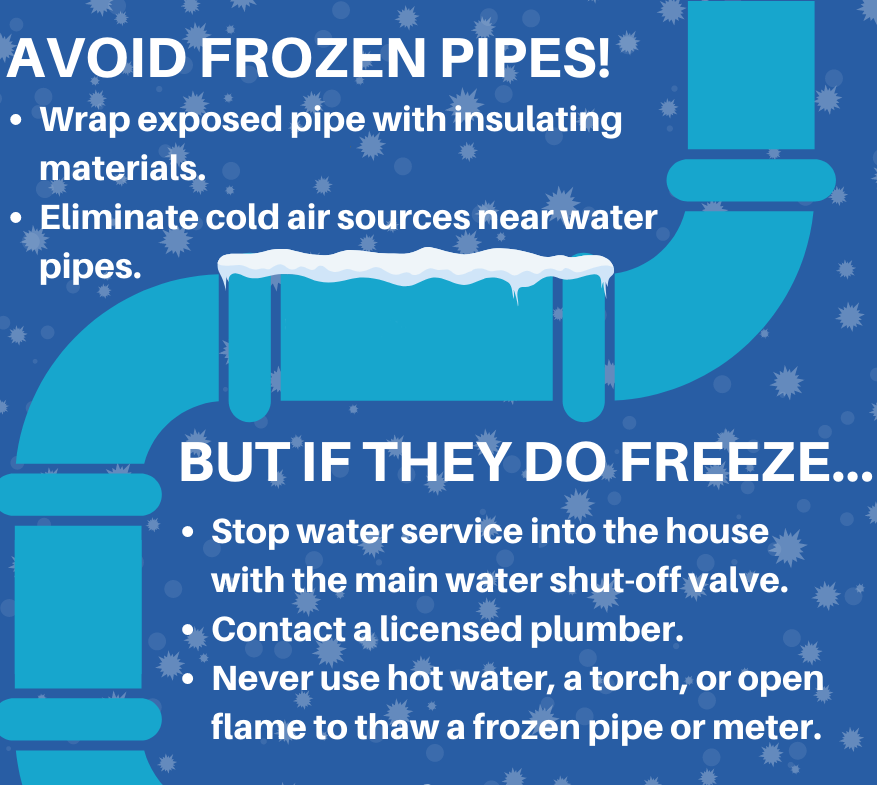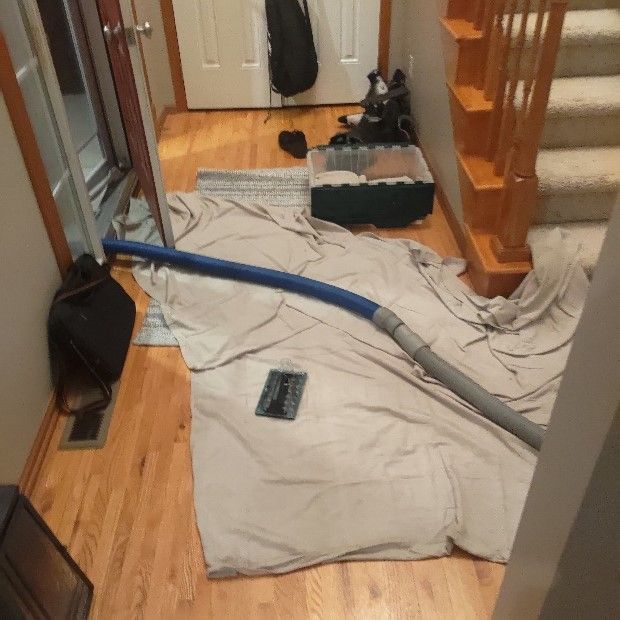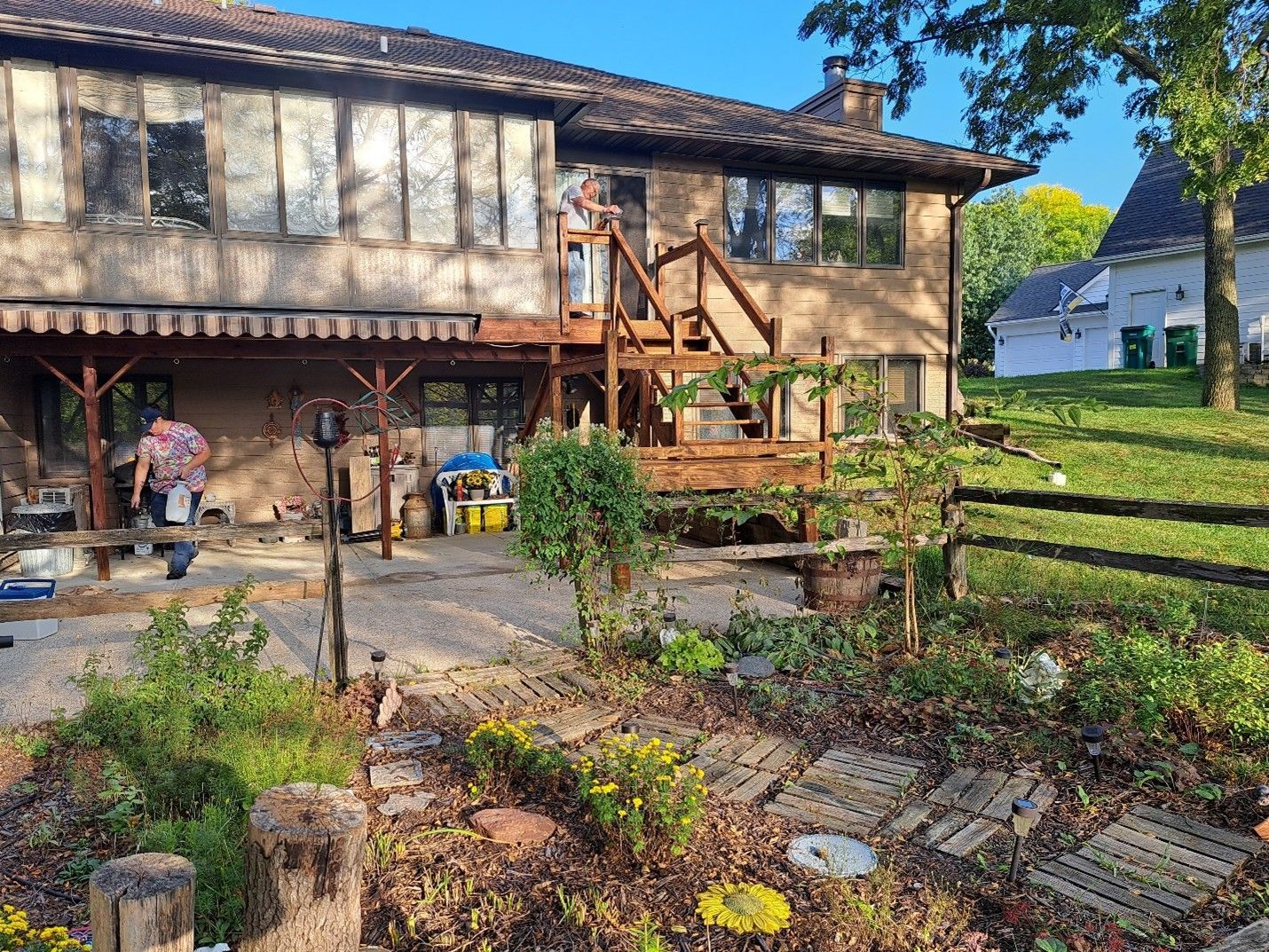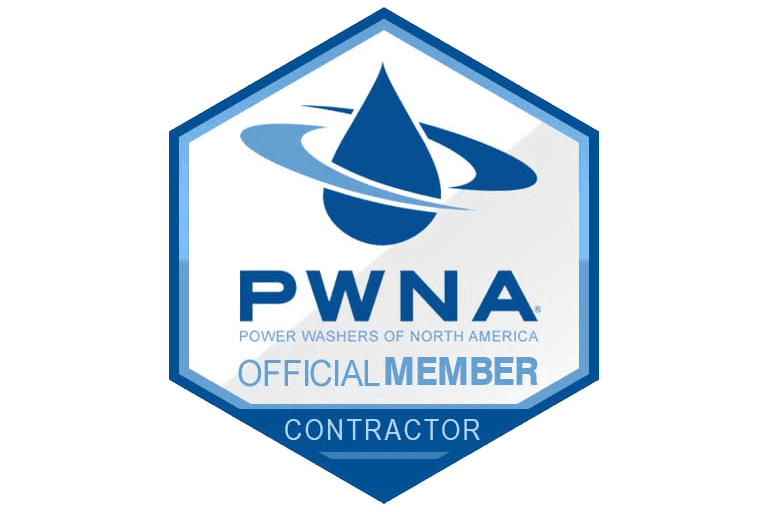Blog
Your Guide to Home Cleaning and Restoration Solutions

By Admin
•
30 Nov, 2023
Handling an insurance claim after a fire can be a complex process, but with the right approach, you can navigate it effectively. Here are the steps to follow: 1. Contact Your Insurance Company: Notify your insurance company as soon as possible after the fire. Your policy documents should include a contact number for claims reporting. 2. Review Your Policy: Familiarize yourself with your insurance policy to understand your coverage, limits, deductibles, and any specific provisions related to fire damage. 3. Document the Damage: Take photographs and videos of the fire damage and any affected items. This visual documentation is crucial for your claim. 4. Make a Detailed Inventory: Create an itemized inventory of all damaged or lost items. Include their descriptions, estimated value, purchase price, and the date of purchase if available. 5. Secure the Property: If the property is not safe to enter, secure it by boarding up windows and doors to prevent unauthorized access and further damage. 6. Request Advance Payments: Depending on your policy and the extent of the damage, you may be able to request advance payments from your insurance company to cover immediate living expenses, such as temporary housing. 7. Work with Your Insurance Adjuster: Your insurance company will assign an adjuster to assess the damage. Provide them with all necessary documentation and cooperate fully during their inspection. 8. Mitigate Further Damage: Take steps to prevent further damage to your property. This might include covering the roof if it's damaged, blocking off damaged areas, or preventing further water damage if it's caused by firefighting efforts. 9. Understand the Claims Process: Familiarize yourself with the claims process, including how payments are made, what's covered, and any policy-specific procedures for fire damage claims. 10. Keep Records: - Maintain detailed records of all interactions with your insurance company, including names, dates, and topics discussed. This documentation can be crucial if disputes arise. 11. Be Patient and Persistent: - The claims process can sometimes be slow or involve requests for additional documentation. Be patient, but also persistent in following up and providing requested information promptly. 12. Seek Professional Help if Necessary: - If you encounter challenges or disputes in your insurance claim, consider consulting with a public adjuster or attorney who specializes in insurance claims. They can provide expert guidance and negotiate on your behalf. 13. Review Your Claim Settlement: - Carefully review the claim settlement offered by your insurance company. Ensure that it covers the full extent of your losses and damages. 14. Sign a Release: - Before you receive any insurance payment, your insurance company may require you to sign a release form, which finalizes the settlement. Ensure you are satisfied with the terms before signing. 15. File a Complaint if Needed: - If you believe your insurance company is acting unfairly or unreasonably, you can file a complaint with your state's insurance department. They can investigate your case and advocate on your behalf. Remember that handling an insurance claim after a fire requires patience and thorough documentation. It's essential to be prepared, persistent, and, if necessary, seek professional assistance to ensure you receive the coverage you're entitled to for your fire damage. As a reputable and IICRC Certified Water Damage Restoration contractor, MacPro Restore is here to help. We can help you determine if the damage warrants professional dry out and or an Insurance claim. We are just a phone call away. Call 515-257-6010 to get help now in the Des Moines area. MacPro Restore Offers 24 hour Emergency Service for the following services and areas Water Damage, Fire Damage, Mold Damage

By Admin
•
30 Nov, 2023
Hiring a professional after water damage is crucial for several important reasons: 1. Expertise: Professional water damage restoration experts have the knowledge, training, and experience to assess the extent of the damage accurately. They understand the complexities of water damage, including potential structural issues, mold growth, and health hazards. 2. Rapid Response: Professionals respond quickly to water damage emergencies, helping to prevent further damage and mitigate the risk of mold growth. Their rapid response can save time and money in the long run. 3. Specialized Equipment: Water damage restoration professionals have access to specialized equipment and tools, including industrial-grade pumps, dehumidifiers, moisture meters, and infrared cameras. These tools are essential for thorough water extraction, drying, and monitoring. 4. Thorough Water Extraction: Removing water and moisture from affected areas is critical to prevent structural damage and mold growth. Professionals use powerful equipment to ensure thorough water extraction. 5. Mold Prevention: Water damage often leads to mold growth if not addressed promptly and correctly. Professionals have the expertise to identify potential mold risks and take measures to prevent its development. 6. Safety: Water damage can compromise the safety of your property. Professionals identify hazards like electrical issues and structural damage, ensuring that safety is a priority during the restoration process. 7. Insurance Guidance: Water damage restoration professionals work with your insurance company to help you navigate the claims process, providing documentation and expertise to maximize your coverage. 8. Health Protection: Water damage can lead to health hazards, such as mold and contaminated water. Professionals take precautions to protect your health and ensure that your property is safe to inhabit. 9. Restoration to Pre-Damage Condition: Professionals aim to restore your property to its pre-loss condition. We repair and replace damaged materials, ensuring that your home or business looks and functions as it did before the damage occurred. 10. Time and Cost Savings: Prompt and professional water damage restoration can save you time and money by preventing further damage, reducing the risk of long-term structural issues, and minimizing the need for extensive repairs. 11. Peace of Mind: Dealing with water damage can be overwhelming. Hiring professionals provides peace of mind, knowing that experienced experts are managing the restoration process, allowing you to focus on rebuilding and moving forward. Hiring a professional after water damage ensures a thorough, safe, and effective restoration process. It minimizes the risk of long-term issues, maximizes insurance coverage, and offers peace of mind during a challenging and stressful time. As a reputable and IICRC Certified Water Damage Restoration contractor, MacPro Restore is here to help. We can help you determine if the damage warrants professional dry out and or an Insurance claim. We are just a phone call away. Call 515-257-6010 to get help now in the Des Moines area. MacPro Restore Offers 24 hour Emergency Service for the following services and areas Water Damage, Fire Damage, Mold Damage
By Admin
•
30 Nov, 2023
In the ever-changing landscape of the insurance industry, one constant remains – the need for trusted partners who can help your clients when disaster strikes. As property insurance agents, you play a crucial role in protecting your clients' assets, and we believe that our restoration company can be a valuable asset in your arsenal. In this blog post, we'd like to explain why referring our restoration company to your clients can be a win-win for everyone involved. 1. Expertise and Experience: When it comes to water damage restoration, expertise and experience matter. Our team is highly trained, certified, and has years of hands-on experience in mitigating water damage, restoring properties to their pre-loss condition, and handling complex restoration projects. By referring your clients to us, you're connecting them with experts who know how to navigate the challenges of water damage recovery. 2. Rapid Response: We understand that time is of the essence in any property damage situation. Our commitment to rapid response ensures that we can start the restoration process quickly, minimizing damage and reducing costs. When you refer your clients to us, you can trust that they will receive prompt and professional service. 3. Transparent Communication: We know how crucial transparent and open communication is, both for you and your clients. We provide detailed documentation of the damage assessment, restoration plan, and ongoing progress reports. You and your clients will always be in the loop, knowing exactly what is happening at every stage of the restoration process. 4. Quality Workmanship: Our goal is to restore properties to their pre-loss condition, providing quality workmanship that meets or exceeds industry standards. When your clients see the results of our work, they'll appreciate the attention to detail and commitment to quality. 5. Cost-Efficiency: As insurance agents, you understand the importance of cost-efficiency. We work closely with insurance companies to ensure that the claims process is smooth and the costs are managed effectively. By referring your clients to us, you're helping them access services that can ultimately reduce the financial burden on their insurance policies. 6. Trusted Partnerships: Building long-term relationships with our clients is at the core of what we do. We aim to not only restore property but also restore peace of mind. By referring your clients to MacPro Restore, you are fostering trust and dependability in your client-agent relationships. 7. Education and Resources: We're committed to providing educational resources for your clients and helping them understand the importance of preventive measures and emergency response planning. By referring clients to us, you're connecting them with a valuable source of knowledge and expertise. 8. 24/7 Availability: Disasters don't adhere to a schedule, and neither do we. Our 24/7 availability means we're ready to respond to emergencies anytime, day or night. You can trust that your clients will be in capable hands whenever disaster strikes. Referring your clients to our restoration company is more than just a business partnership; it's about extending a helping hand when your clients need it most. With our expertise, experience, and commitment to excellence, we can be a valuable asset in your mission to protect your clients' properties and investments. We invite you to explore this partnership and discover the benefits of collaborating with a restoration company that shares your commitment to your clients' well-being. Contact us today to discuss how we can work together to provide top-notch restoration services and peace of mind to your clients. Sincerely, Clinton McElwee - MacPro Restore - (515) 257-6080
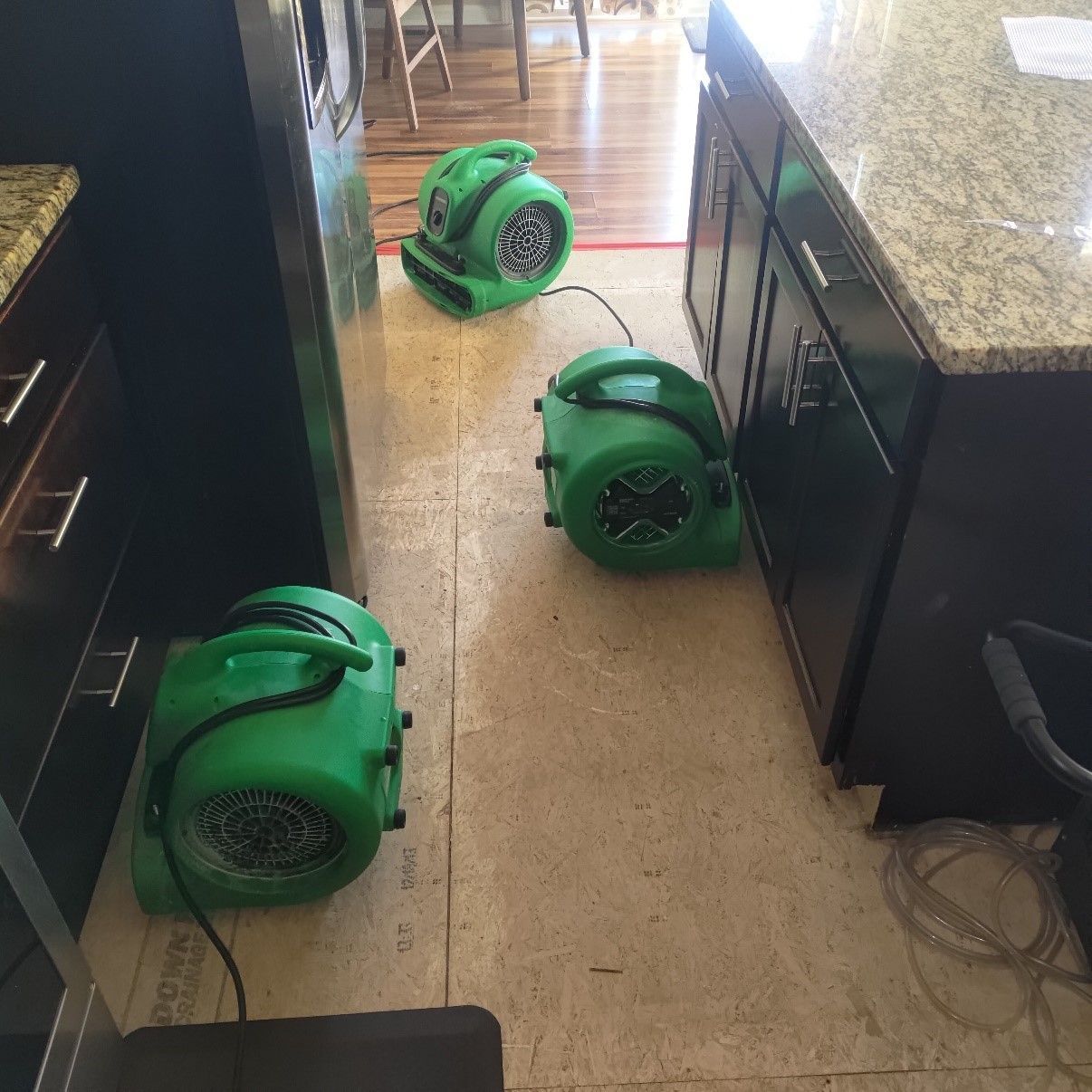
By Admin
•
30 Nov, 2023
In the event of a water damage emergency, it's essential to take immediate action to minimize damage, ensure safety, and begin the restoration process. Here's a step-by-step guide on what to do: 1. Ensure Safety: The safety of you and your family is paramount. If there are any electrical hazards or structural damage, do not enter the affected area. If it's safe to do so, turn off the electricity and gas to the affected area. 2. Stop the Water Source: If the water damage is due to a burst pipe, leaking appliance, or any other controllable source, turn off the water supply to stop further water flow. 3. Call for Professional Help: Contact a water damage restoration company immediately. These professionals are equipped to handle water damage emergencies and can arrive quickly to assess the situation. Make sure to choose a reputable and certified company. 4. Document the Damage: Take photographs or videos of the affected area and damaged items. This documentation can be useful for insurance claims. 5. Remove Valuables: If it's safe, remove valuable items, electronics, and important documents from the affected area to prevent further damage. 6. Prevent Further Damage: If it's safe to do so, you can take steps to prevent further damage. This may include placing tarps on the roof if there's a leak, blocking sewage backups, or moving furniture to a dry area. 7. Dry the Area: Use towels, mops, and buckets to remove as much standing water as possible. Proper ventilation can also help speed up the drying process. Be cautious when dealing with water that may be contaminated. 8. Remove Saturated Items: Remove wet carpets, rugs, and any items that can be easily taken out of the affected area. These should be dried outside, weather permitting. 9. Disinfect and Prevent Mold Growth: Water damage can lead to mold growth. Disinfect the affected area and apply mold inhibitors if available. 10. Do Not Delay: Time is of the essence when dealing with water damage. The longer water sits, the more damage it can cause and the greater the risk of mold growth. Prompt action is crucial. 11. Contact Your Insurance Company: Notify your insurance company about the water damage and follow their guidance for filing a claim. 12. Prevent Future Damage: If the water damage is related to a recurring issue (e.g., a leaky roof or plumbing problem), take steps to address the root cause to prevent future emergencies. Remember that water damage can lead to structural issues, mold growth, and health hazards if not addressed promptly and professionally. Hiring a reputable water damage restoration company is often the best course of action to ensure a thorough and safe restoration process. As a reputable and IICRC Certified Water Damage Restoration contractor, MacPro Restore is here to help. We can help you determine if the damage warrants professional dry out and or an Insurance claim. We are just a phone call away. Call 515-257-6010 to get help now in the Des Moines area. MacPro Restore Offers 24 hour Emergency Service for the following services and areas Water Damage, Fire Damage, Mold Damage
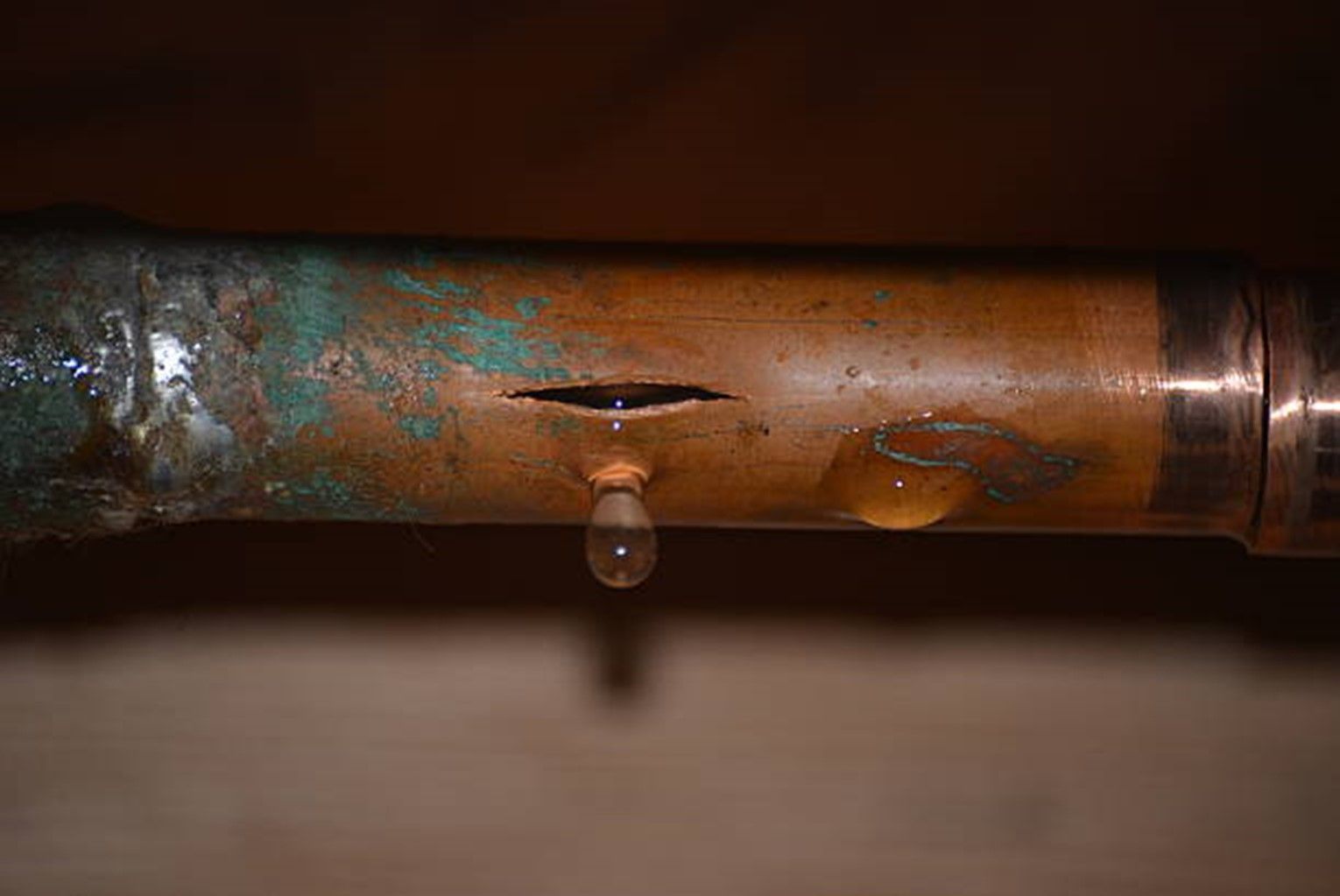
By Admin
•
30 Nov, 2023
Dealing with frozen pipes can be a stressful situation, but taking prompt and appropriate action is essential to prevent further damage. Here's what to do after pipes freeze: 1. Turn Off the Water Supply: Locate the main water shut-off valve in your home and turn it off to prevent any more water from entering the pipes. This will help reduce the risk of bursting pipes when they thaw. 2. Open Faucets: Open all the faucets connected to the frozen pipes. This relieves pressure in the pipes and allows any remaining water to drain once they thaw. 3. Apply Heat: Safely apply heat to the frozen section of the pipe. You can use a space heater, hairdryer, heat lamp, or even towels soaked in hot water. Start at the faucet end and work your way toward the blockage. Never use an open flame or high-temperature heat sources to thaw pipes, as this can cause damage or fires. 4. Thawing a Frozen Pipe: If the frozen pipe is located in an accessible area, you can use a heating pad or electric heat tape specifically designed for this purpose. Follow the manufacturer's instructions and use caution. 5. Leave the Faucet On: As you apply heat, keep the affected faucet open so that water can flow through once the ice blockage melts. 6. Insulate Pipes: To prevent future freezing, insulate exposed pipes in unheated areas, such as basements, crawl spaces, and attics. 7. Check for Leaks: After thawing the pipe, check for any visible leaks or cracks. If you find any damage, it's essential to repair or replace the affected section of the pipe. 8. Call a Professional: If you're unable to locate or access the frozen pipe, if it's in a hidden area, or if you're uncomfortable handling the situation, it's advisable to call a professional plumber for assistance. 9. Take Preventive Measures: To prevent frozen pipes in the future, consider adding additional insulation to areas where pipes are exposed, using heat tape, and keeping your home adequately heated during cold weather. 10. Monitor for Future Issues: perlCopy code - After addressing the frozen pipe, keep an eye on your plumbing system to ensure there are no residual problems or leaks. Remember that taking prompt action when pipes freeze is crucial to prevent burst pipes and water damage. If you're unsure about how to proceed or if the frozen pipe is inaccessible, it's best to consult a professional plumber to avoid further complications and potential water damage to your home. As a reputable and IICRC Certified Water Damage Restoration and General Contractor, MacPro Restore is here to help. We can help you determine if the damage warrants professional remediation and or an Insurance claim. We are just a phone call away. Call 515-257-6010 to get help now in the Des Moines area. MacPro Restore Offers 24 hour Emergency Service for the following services and areas Water Damage, Fire Damage, Mold Damage
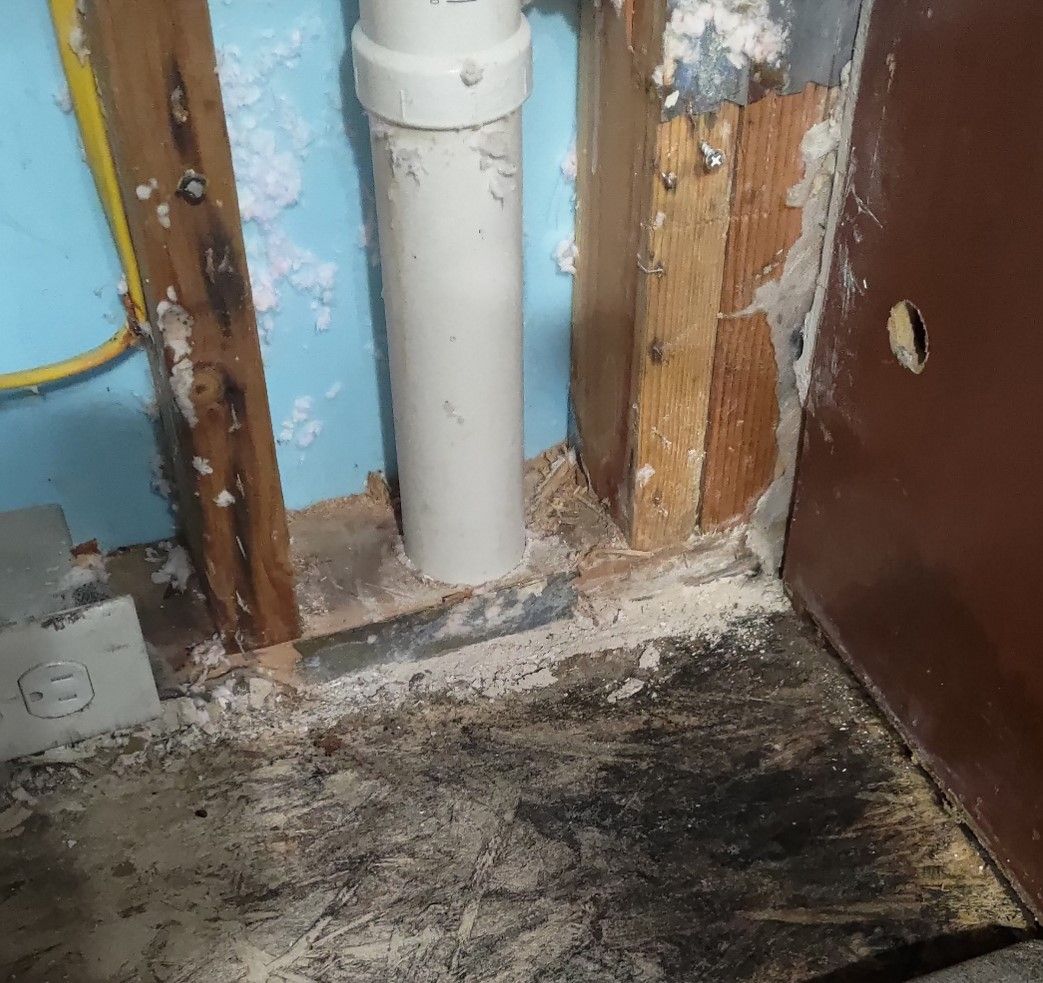
By Admin
•
30 Nov, 2023
If you find mold in your home, it's important to address it promptly to prevent its spread and potential health risks. Here's what to do if you discover mold: 1. Ensure Safety: Before you begin addressing the mold, prioritize safety. Use personal protective equipment (PPE) like gloves, goggles, and a mask to avoid exposure to mold spores. If the affected area is extensive or if you have health concerns, consider consulting with a professional mold remediation service. 2. Identify the Source: Try to identify and address the source of the moisture that is promoting mold growth. Mold needs moisture to thrive, so eliminating the source is crucial to preventing its return. 3. Isolate the Area: Contain the affected area to prevent the spread of mold spores to other parts of your home. Seal off the area using plastic sheeting and tape, and use a negative air pressure system. 4. Ventilation: Ensure proper ventilation by opening windows and using fans to help dissipate airborne mold spores. However, be cautious not to spread the mold to other areas of your home. 5. Document the Damage: Take photographs and videos of the mold-infested areas for documentation purposes. This will be helpful for insurance claims and for tracking the remediation process. 6. Remove and Clean: If the affected area is small (typically less than 10 square feet), you can attempt to clean the mold yourself. Use an approved anti-microbial product. Scrub the surface, rinse it with clean water, and allow it to dry completely. Discard any contaminated materials that cannot be cleaned, such as drywall or insulation. 7. Larger Infestations: If the mold infestation is extensive, or if it's found in areas that are difficult to access, it's recommended to consult a professional mold remediation service. MacPro Restore has the expertise and equipment to handle large-scale remediation safely and effectively. 8. Prevent Future Growth: Address the underlying moisture issue to prevent future mold growth. This may involve fixing leaks, improving ventilation, or reducing humidity levels. 9. Monitor: After remediation, continue to monitor the area for any signs of mold return. Regular inspections can help detect and address issues promptly. 10. Seek Professional Help: If you have any doubts about your ability to handle the mold issue, if it's extensive, or if you have health concerns related to mold exposure, consult with a professional mold remediation service. We have the experience and equipment to handle complex situations. 11. Consider Testing: In some cases, you may want to consider mold testing to determine the type and extent of the mold infestation. A professional mold testing service can provide more accurate information about the situation. MacPro Restore offers swab and air quality testing. Remember that mold remediation is a complex process, and addressing it promptly is crucial to prevent further damage and health risks. Professional assistance is often the best approach, especially for extensive or recurring mold problems. As a reputable and IICRC Certified Water Damage Restoration and General Contractor, MacPro Restore is here to help. We can help you determine if the damage warrants professional remediation and or an Insurance claim. We are just a phone call away. Call 515-257-6010 to get help now in the Des Moines area. MacPro Restore Offers 24 hour Emergency Service for the following services and areas Water Damage, Fire Damage, Mold Damage
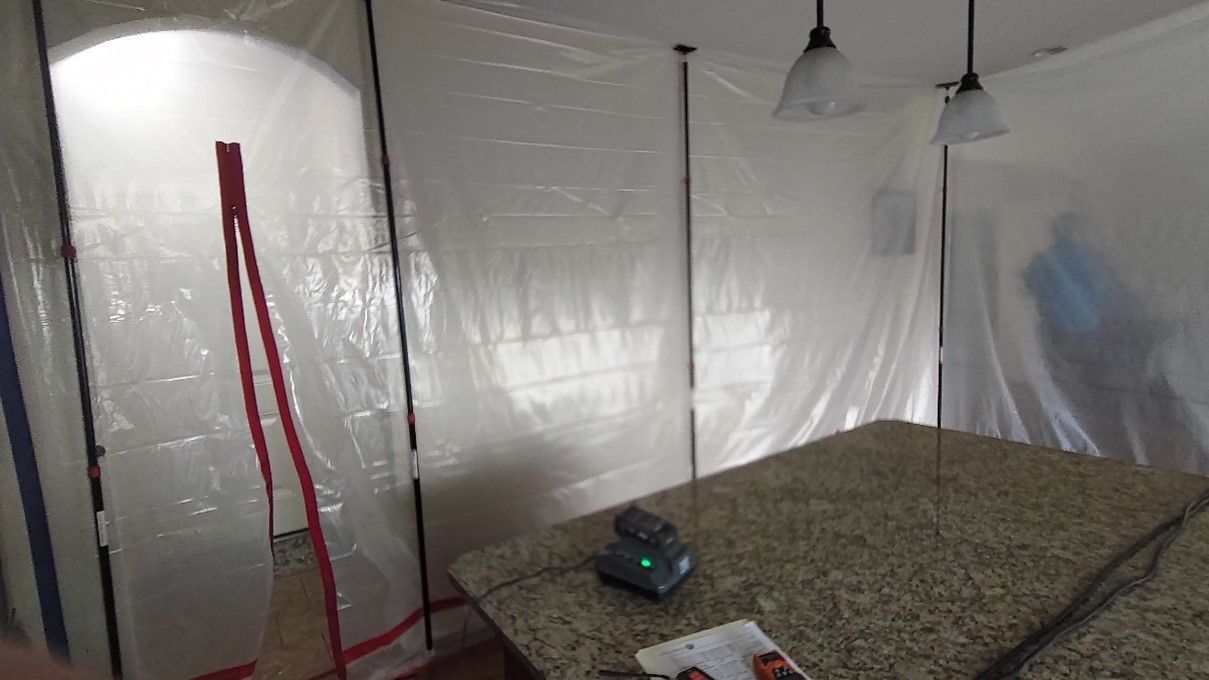
By Admin
•
30 Nov, 2023
Experiencing a fire in your home is a devastating event, but there is hope in the aftermath. Knowing what steps to take can make all the difference in the recovery process. At [Your Company Name], we're here to guide you through the crucial steps to take after fire damage, helping you rebuild and restore your life. 1. Prioritize Safety: The safety of you and your loved ones comes first. Make sure everyone has safely evacuated the property, and only re-enter your home when it's deemed safe by authorities. Avoid using utilities until they've been inspected. 2. Contact Your Insurance Company: Notify your insurance company promptly to initiate the claims process. They'll provide guidance on what's covered and what to expect. 3. Document the Damage: Take photographs and videos of the damage and any affected items. This documentation is essential for insurance claims and assessing the extent of the damage. 4. Consult with Professionals: Reach out to a trusted restoration company like MacPro Restore experienced in fire damage restoration. They can assess the damage, develop a plan, and guide you through the recovery process. 5. Secure Your Property: Board up windows and doors to protect against unauthorized entry and further damage. 6. Salvage Valuables: If safe, try to salvage important documents, identification, and sentimental items. However, prioritize your safety above all else. 7. Wait for Authorization: Re-enter your home only after it's declared safe by relevant authorities, insurance adjusters, or fire officials. 8. Seek Support: Dealing with the aftermath of a fire can be emotionally challenging. Lean on friends, family, or professional counselors for support. 9. Short-Term Accommodation: If your home is uninhabitable, make arrangements for temporary accommodation. Your insurance policy may cover this expense. 10. Begin the Restoration Process: Work with MacPro Restore to start the process of cleaning, repairing, and rebuilding your home. Our experienced team will help you through every step. 11. Update Important Records: Notify entities like the post office, utility providers, and financial institutions of your change of address if you've moved temporarily. 12. Review Your Home Inventory: Update your home inventory to include items lost or damaged in the fire. This is crucial for insurance claims. Recovering from a fire is a journey that requires patience, perseverance, and professional assistance. At MacPro Restore, we're dedicated to helping you rebuild and restore your life after fire damage. Our expertise and support are here to guide you through this challenging time. Together, we'll rebuild and restore your home, making it a safe and welcoming space once again. As a reputable and IICRC Certified Water Damage Restoration contractor, MacPro Restore is here to help. We can help you determine if the damage warrants professional dry out and or an Insurance claim. We are just a phone call away. Call 515-257-6010 to get help now in the Des Moines area. MacPro Restore Offers 24 hour Emergency Service for the following services and areas Water Damage, Fire Damage, Mold Damage
By Admin
•
30 Nov, 2023
After a family member commits suicide, it's an extremely challenging and painful time for those left behind. Here are steps to consider in the immediate aftermath of such a tragic event: 1. Seek Immediate Help: If you discover the suicide or if someone is in immediate danger, call emergency services right away. Safety is the priority. 2. Ensure Your Safety and Well-being: Take care of yourself and those affected. Try to get support from friends, family, or mental health professionals. This might involve staying with a friend or family member, especially if being alone is distressing. 3. Allow Yourself to Grieve: Grieving is a natural response to loss. Allow yourself and others to grieve in their own way and time. It's okay to feel a wide range of emotions such as shock, disbelief, anger, guilt, and sadness. 4. Contact Close Friends and Family: Reach out to close friends and family members to inform them about what happened. Consider asking a trusted individual to assist in making calls or notifications if you're finding it too difficult. 5. Professional Help and Support: Seek support from grief counselors, therapists, or support groups that specialize in dealing with the aftermath of suicide. These professionals can offer guidance, comfort, and resources to help you navigate through this difficult time. 6. Handle Practical Matters: Attend to immediate practical matters such as contacting the coroner's office, funeral arrangements, and contacting the deceased person's employer or school. 7. Make Use of Support Services: Many communities have support services for those affected by suicide. Contact local mental health organizations, survivor support groups, or hotlines for help and guidance. 8. Secure Personal Belongings: If you're ready, go through the personal belongings of the deceased and keep or store what's important to you. This process can be emotionally difficult, so take your time. 9. Notify Others: Notify other relevant people or organizations such as the deceased person's doctor, lawyer, accountant, or any other professionals who might need to be informed. 10. Take Time to Heal: Be patient with yourself and others. Healing takes time. Avoid making significant life-changing decisions in the immediate aftermath of the loss, if possible. 11. Avoid Self-Blame: Try to avoid blaming yourself or others for what happened. Suicide is a complex issue and usually stems from deep personal struggles, often beyond anyone's control. 12. Connect with Others: Reach out to friends, family, or support groups for comfort and connection. Sharing your feelings with others who understand your pain can be helpful. 13. Memorialize and Honor: Consider creating a memorial, planting a tree, establishing a scholarship, or any other activity that honors and remembers the deceased. 14. Educate Yourself: Learn more about suicide, its causes, and risk factors. Education can help in understanding and coping with the loss. 15. Understand Recovery Takes Time: Grieving after a suicide loss doesn't follow a specific timetable. Everyone heals at their own pace. Give yourself and others the time needed to cope and heal. Experiencing the suicide of a family member is an immensely painful and complex process. It's essential to seek professional help and lean on your support system to guide you through this challenging journey. Don't hesitate to reach out to mental health professionals or support groups for additional guidance and support when needed. As a reputable and IICRC Certified Trauma and Crime Scene Remediation Contractor, MacPro Restore is here to help. We can help you determine if the damage warrants professional remediation and or an Insurance claim. We are just a phone call away. Call 515-257-6010 to get help now in the Des Moines area. MacPro Restore Offers 24 hour Emergency Service for the following services and areas Water Damage, Fire Damage, Mold Damage, Biohazard
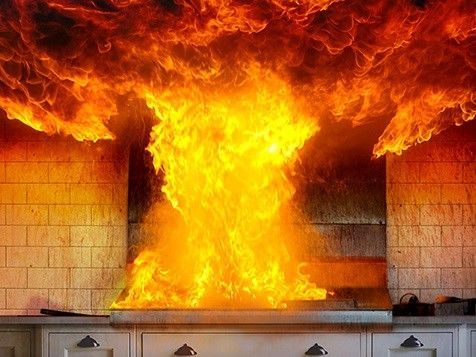
By Admin
•
30 Nov, 2023
After experiencing a kitchen fire, it's important to take a series of steps to ensure your safety and effectively address the damage. Here's what typically happens after a kitchen fire: 1. Ensure Safety: The immediate priority is safety. Ensure that everyone in the household is safe and accounted for. If the fire is still ongoing or spreads, evacuate the premises and call 911. 2. Extinguish the Fire: If the fire is small and manageable, you can attempt to extinguish it using a fire extinguisher. However, safety should always be the priority, and if the fire is spreading rapidly, evacuate the area and wait for the fire department. 3. Call the Fire Department: In most cases, it's best to call the fire department even if you've managed to extinguish the fire. They will inspect the area to ensure it's safe and assess any potential hidden fire or structural damage. 4. Ventilation: Open doors and windows to ventilate the area and clear out smoke and fumes. Use fans or natural ventilation to help with this process. 5. Assess the Damage: Once it's safe to do so, assess the damage in your kitchen. Take photographs and document the extent of the damage. This information will be useful for insurance claims. 6. Contact Your Insurance Company: Notify your insurance company about the fire as soon as possible. They will guide you through the claims process and provide details on how to proceed. 7. Temporary Relocation: Depending on the severity of the fire damage, you may need to temporarily relocate. Your insurance policy may cover expenses related to temporary accommodation. 8. Contact a Restoration Company: Reach out to a reputable restoration company experienced in fire damage cleanup. They will assess the damage and provide a plan for cleanup, repair, and restoration. 9. Salvage Valuables: If it's safe to do so, you can attempt to salvage undamaged or partially damaged items from your kitchen. Be cautious and prioritize safety. 10. Begin Cleanup and Restoration: The restoration company will begin cleaning, deodorizing, and repairing your kitchen. This process can involve removing damaged materials, repairing structural elements, and addressing smoke and soot damage. 11. Insurance Claims: Work closely with your insurance company to provide the necessary documentation for your claim. This may include photographs, estimates, and records of expenses related to the fire damage. 12. Prevention and Safety Measures: After the restoration process is complete, it's essential to take steps to prevent future kitchen fires. This may involve reviewing safety practices, updating your fire extinguisher, and addressing any potential hazards in your kitchen. Remember that kitchen fires can be a stressful experience, but with prompt and professional assistance, you can restore your kitchen and home to a safe and functional condition. Safety and insurance are key factors in the recovery process, and the expertise of a restoration company is invaluable for efficient and thorough cleanup and restoration. As a reputable and IICRC Certified Water Damage Restoration contractor, MacPro Restore is here to help. We can help you determine if the damage warrants professional dry out and or an Insurance claim. We are just a phone call away. Call 515-257-6010 to get help now in the Des Moines area. MacPro Restore Offers 24 hour Emergency Service for the following services and areas Water Damage, Fire Damage, Mold Damage
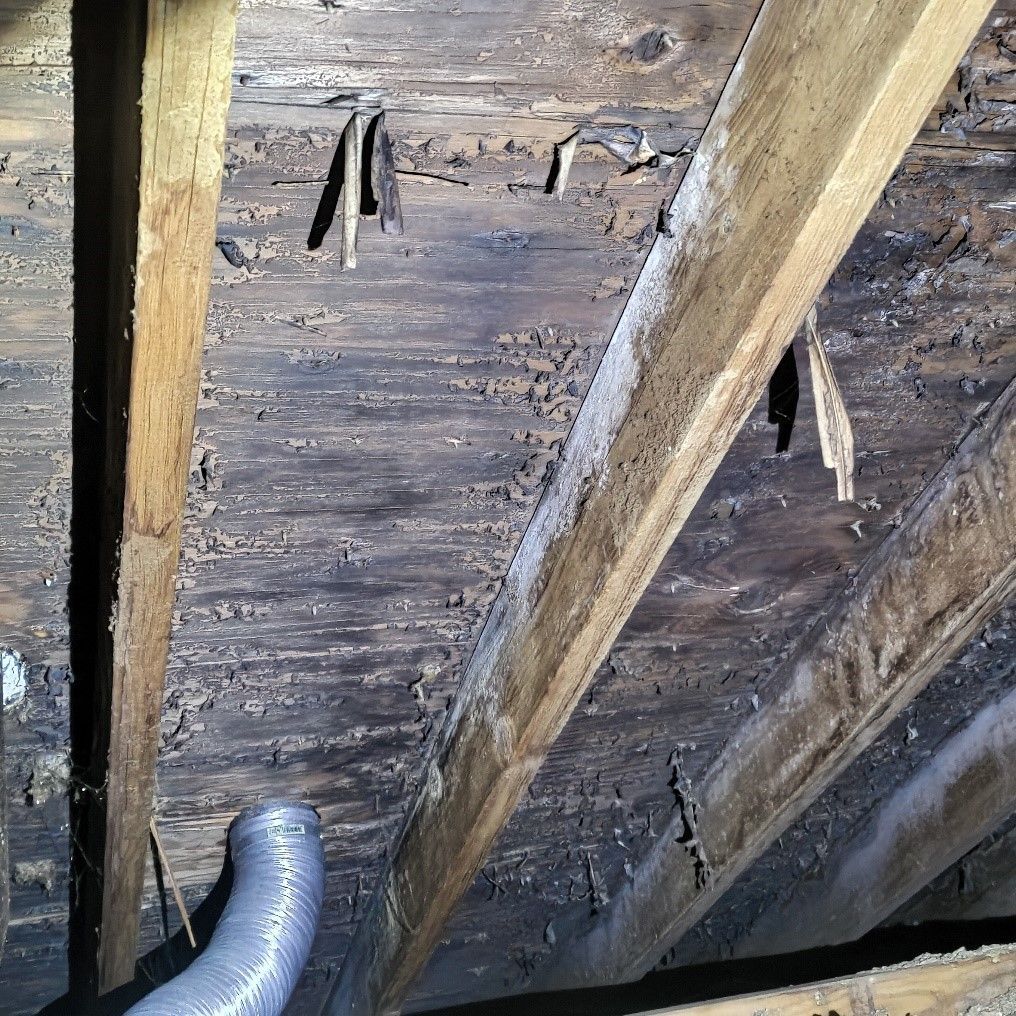
By Admin
•
30 Nov, 2023
Mold in the attic can be caused by a combination of factors, primarily related to moisture, ventilation, and environmental conditions. Here are the common causes of mold in your attic: 1. Roof Leaks: Roof leaks are a leading cause of mold in the attic. When your roof has damaged or missing shingles, cracked flashing, or improperly sealed roof penetrations (like vents or chimneys), it allows rainwater to infiltrate the attic, creating a moisture source for mold. 2. Poor Ventilation: Inadequate ventilation in the attic can trap moisture and humidity, creating the ideal conditions for mold growth. Proper ventilation is essential for controlling humidity and preventing condensation. 3. Insufficient Insulation: Inadequate insulation in the attic can lead to temperature variations that result in condensation. When warm, humid air from your living space meets cooler attic surfaces, it can cause moisture to accumulate, providing a moist environment for mold to thrive. 4. Inadequate Exhaust Fans: Bathroom and kitchen exhaust fans that vent into the attic instead of outside can introduce warm, moist air into the attic space, further contributing to moisture levels and mold growth. 5. Improper Ventilation Fans: Attic ventilation fans that are not functioning properly or are improperly installed can disrupt the airflow and ventilation in the attic, which is necessary for preventing moisture buildup. 6. Blocked Vents: Blockages in roof vents or attic eave vents, such as bird nests, debris, or insulation, can obstruct proper airflow and ventilation in the attic, allowing moisture to accumulate. 7. Condensation: Condensation in the attic can occur when there are temperature variations and high indoor humidity levels. Warm, moist air from the living space rises into the attic and can condense on colder surfaces. 8. Elevated Humidity: High humidity levels in your home can lead to increased moisture in the attic, especially through air leaks or inadequate vapor barriers. 9. Inadequate Sealing: Gaps and cracks in the attic's construction or insulation can allow warm, humid air from the living space to infiltrate the attic, causing condensation and moisture buildup. 10. Lack of Maintenance: Not having your attic properly inspected regularly can cause mold to grow and cause damage in your attic space. To prevent mold in the attic, it's essential to address these factors by maintaining your roof, ensuring proper attic ventilation and insulation, sealing air leaks, and monitoring humidity levels in your home. Regular attic inspections and maintenance can help you identify and address issues before mold can establish itself. As a reputable and IICRC Certified Water Damage Restoration and General Contractor, MacPro Restore is here to help. We can help you determine where and why mold has developed in your attic and formulate a plan to correct the issues. We are just a phone call away. Call 515-257-6010 to get help now in the Des Moines area. MacPro Restore Offers 24 hour Emergency Service for the following services and areas Water Damage, Fire Damage, Mold Damage
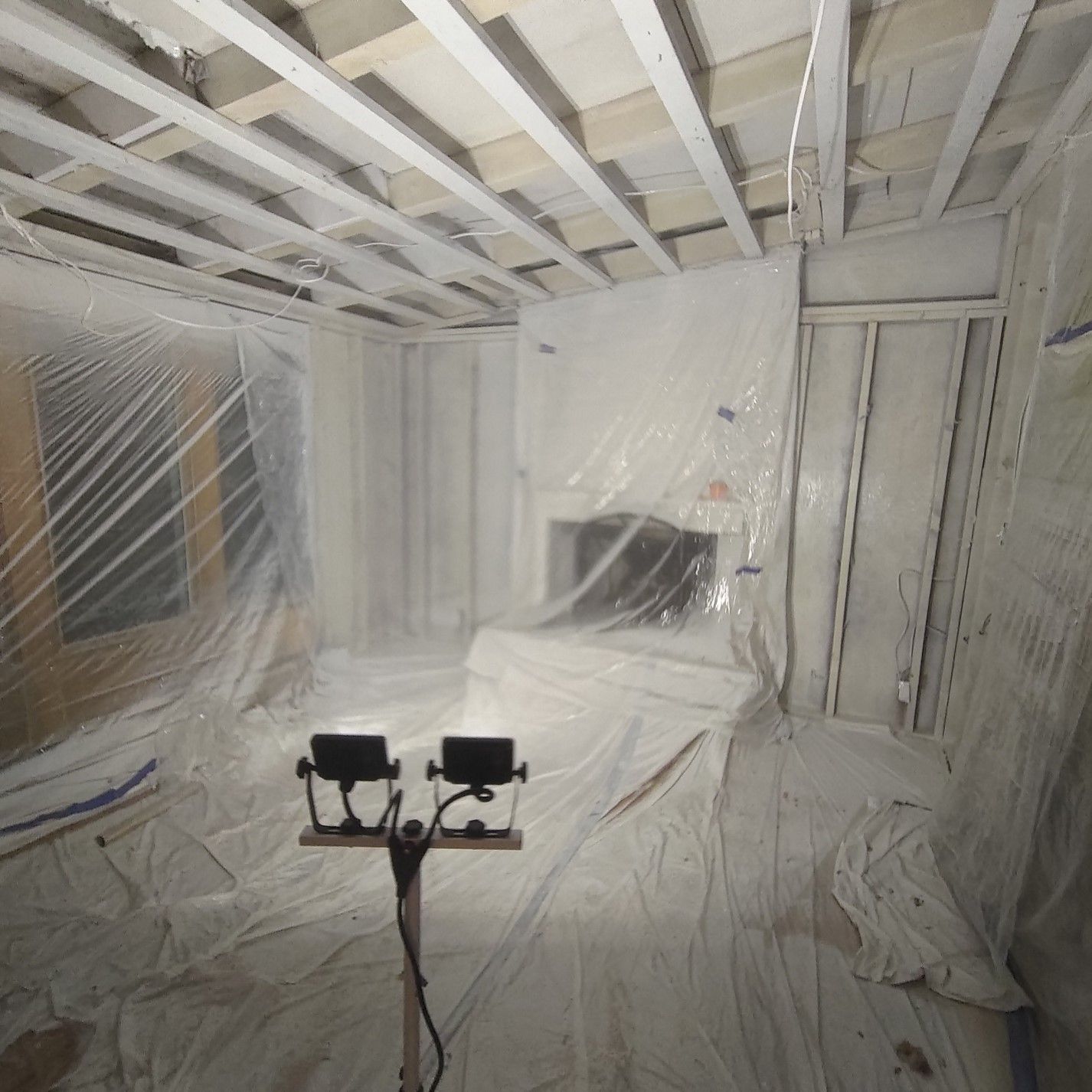
By Admin
•
30 Nov, 2023
Mold is a common issue in homes and commercial properties, and addressing it promptly is crucial to ensure the health and safety of occupants. In this blog post, we'll provide a comprehensive overview of the mold remediation process, outlining the steps involved in effectively eliminating mold and preventing its return. 1. Mold Inspection and Assessment: The first step in mold remediation is a thorough inspection of the affected area. Trained professionals identify the type and extent of the mold infestation. This assessment guides the development of a remediation plan. 2. Isolation and Containment: To prevent the spread of mold spores to unaffected areas, the contaminated space is sealed off. Physical barriers and negative air pressure systems may be used to ensure containment. 3. Mold Removal: The next step involves the safe and effective removal of mold. This is typically done using HEPA-filtered vacuums, antimicrobial treatments, and physical removal methods. Affected materials that cannot be salvaged are carefully discarded. 4. Cleaning and Sanitizing: Once mold is removed, the area is thoroughly cleaned and sanitized. This helps prevent mold from returning and ensures the space is safe for habitation. 5. Drying and Dehumidification: Mold thrives in damp environments, so it's essential to address any moisture issues. Dehumidifiers and drying equipment are used to eliminate excess humidity. 6. Air Filtration: Air scrubbers with HEPA filters help to remove mold spores from the air, enhancing air quality. 7. Restoration: In cases of significant damage, the affected area may require repairs or reconstruction. This includes replacing drywall, insulation, or other building materials that were removed during remediation. 8. Preventative Measures: To reduce the risk of mold recurrence, professionals may recommend measures such as improving ventilation, fixing leaks, and maintaining proper indoor humidity levels. 9. Post-Remediation Assessment: After remediation, a final inspection is conducted to ensure the successful removal of mold. Air and surface testing may be performed to confirm that mold levels are within safe limits. 10. Education and Prevention: MacPro Restore focuses on providing guidance on how to prevent future mold issues. This can include recommendations for regular maintenance and inspections. Conclusion: Mold remediation is a multi-step process that requires expertise and thoroughness to ensure the complete removal of mold and to prevent its return. If you suspect a mold issue in your home or property, it's essential to consult with professionals experienced in mold remediation to address the problem effectively and safeguard the health and well-being of occupants. As a reputable and IICRC Certified Water Damage Restoration and General Contractor, MacPro Restore is here to help. We can help you determine if the damage warrants professional remediation and or an Insurance claim. We are just a phone call away. Call 515-257-6010 to get help now in the Des Moines area. MacPro Restore Offers 24 hour Emergency Service for the following services and areas Water Damage, Fire Damage, Mold Damage
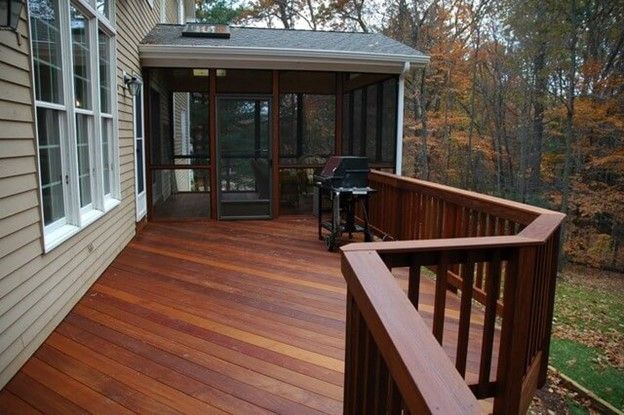
By Admin
•
30 Nov, 2023
Restoring an Ipe deck can bring back its natural beauty and extend its lifespan. Ipe wood is known for its durability and resistance to decay, but over time, it can still show signs of wear and weathering. Here are the steps to restore an Ipe deck: 1. Gather Your Supplies: Before you begin, gather all the necessary supplies and equipment. You'll need items like a pressure washer, deck cleaner, a stiff bristle brush, deck brightener, sandpaper, a power sander (optional), a protective mask, safety goggles, gloves, a paint tray, a roller, a paintbrush, and Ipe deck oil or stain. 2 . Clean the Deck: Start by thoroughly cleaning the deck to remove dirt, debris, and any old finishes. Here's how: a. Sweep the deck to remove loose dirt and debris. b. Use a pressure washer with a low-pressure nozzle (around 1,000-1,200 PSI) to wash the deck. Be careful not to use excessive pressure, as it can damage the wood. c. Apply a deck cleaner designed for hardwoods like Ipe. Follow the manufacturer's instructions for mixing and applying the cleaner. Scrub the deck with a stiff bristle brush to remove any embedded dirt or stains. 3. Rinse and Neutralize: After cleaning, thoroughly rinse the deck with clean water to remove any residue from the cleaner. Once rinsed, apply a deck brightener to neutralize the pH of the wood and restore its natural color. Follow the brightener's instructions carefully. 4. Sand the Deck (If Necessary): If your Ipe deck has a rough surface or splinters, consider sanding it to create a smooth, comfortable surface. You can use a power sander for larger areas or sand by hand for smaller areas. 5. Apply Ipe Deck Oil or Stain : The next step is to protect the wood and enhance its appearance by applying a high-quality Ipe deck oil or stain. This step is essential for Ipe wood because it helps maintain its rich color and provides protection from UV rays, moisture, and other environmental factors. Here's how to do it: a. Stir the Ipe deck oil or stain thoroughly to ensure an even application. b. Apply the product with a paint roller or brush, working in the direction of the wood grain. Apply an even coat to the entire surface. c. Allow the first coat to dry according to the product's instructions (typically 24-48 hours). d. Apply a second coat if recommended by the manufacturer for added protection and longevity. 6 .Finish and Maintain: Once the deck is dry and you are satisfied with the appearance and protection, finish the project by replacing any hardware and furniture. Regular maintenance, including periodic cleaning and reapplication of deck oil or stain, will help keep your Ipe deck looking its best and protect it from the elements. Restoring an Ipe deck can be a rewarding DIY project that not only enhances the beauty of your outdoor space but also preserves the integrity of the wood for years to come. Be sure to follow the manufacturer's guidelines on product application and safety precautions for the best results. As a reputable General Contractor and Ipe Wood Restoration Professional, MacPro Restore is here to help. We can help you determine an action plan for your Brazilian hardwood decking and furniture. We are just a phone call away. Call 515-257-6578 to get help now in the Des Moines area. MacPro Restore Offers 24 hour Emergency Service for the following services and areas Water Damage, Fire Damage, Mold Damage

By Admin
•
30 Nov, 2023
Insurance companies may require your roof to be cleaned for several reasons, primarily related to risk mitigation and the protection of their investments. Here are some of the key reasons why insurance companies may have such requirements: 1. Preventing Damage: A well-maintained roof is less likely to develop issues such as leaks, water damage, or structural problems. By requiring roof cleaning, insurance companies aim to minimize the risk of future claims related to these issues. This proactive approach can save them money in the long run. 2. Longevity of the Roof: Regular cleaning and maintenance can extend the lifespan of your roof. Insurance companies have a vested interest in ensuring that your roof remains in good condition, as a well-maintained roof is less likely to require expensive repairs or replacement. This, in turn, reduces their potential payout for roof-related claims. 3. Algae and Moss Prevention: Algae and moss growth on roofs can lead to deterioration of the shingles, which may eventually cause leaks and require costly repairs. Regular cleaning helps prevent the conditions conducive to algae and moss growth, reducing the likelihood of these types of claims. 4. Protecting the Property: A well-maintained roof helps protect the overall integrity of your property. If the roof fails, it can lead to interior damage, including water leaks, mold growth, and structural issues. Insurance companies want to minimize the risk of these types of claims by ensuring that your roof is in good shape. 5. Warranty Compliance: Some roofing manufacturers require regular maintenance and cleaning to keep their warranties valid. If you do not adhere to these requirements, your warranty may be voided. Insurance companies want to ensure that their policyholders' homes are adequately protected, and complying with warranty requirements is one way to achieve this. 6. Energy Efficiency: A clean roof can reflect more sunlight and heat, contributing to the energy efficiency of your home. Insurance companies may encourage or require roof cleaning as a way to help homeowners reduce energy consumption and promote a more sustainable and environmentally responsible approach to homeownership. 7. Risk Management: Insurance companies assess risk to determine premiums and coverage options. A well-maintained roof is viewed as a lower risk for the insurer. By requiring regular maintenance and cleaning, insurance companies can reduce their exposure to risk and, in some cases, offer lower premiums to policyholders who demonstrate good roof maintenance practices. It's important to note that the specific requirements and recommendations for roof maintenance can vary between insurance companies and regions. Policyholders should carefully review their insurance policies and communicate with their insurance providers to understand the specific expectations regarding roof maintenance, including cleaning, to ensure compliance with their coverage terms. Failure to comply with these requirements may result in the reduction of coverage or the denial of claims related to roof damage. As a properly licensed and insured Property Damage Restoration Professional, MacPro Restore is here to help. We can help you determine where and why damage has occurred to your asphalt roofing shingles and formulate a plan to correct the issues. We are just a phone call away. Call 515-257-6578 to get help now in the Des Moines area. MacPro Restore Offers 24 hour Emergency Service for the following services and areas Water Damage, Fire Damage, Mold Damage
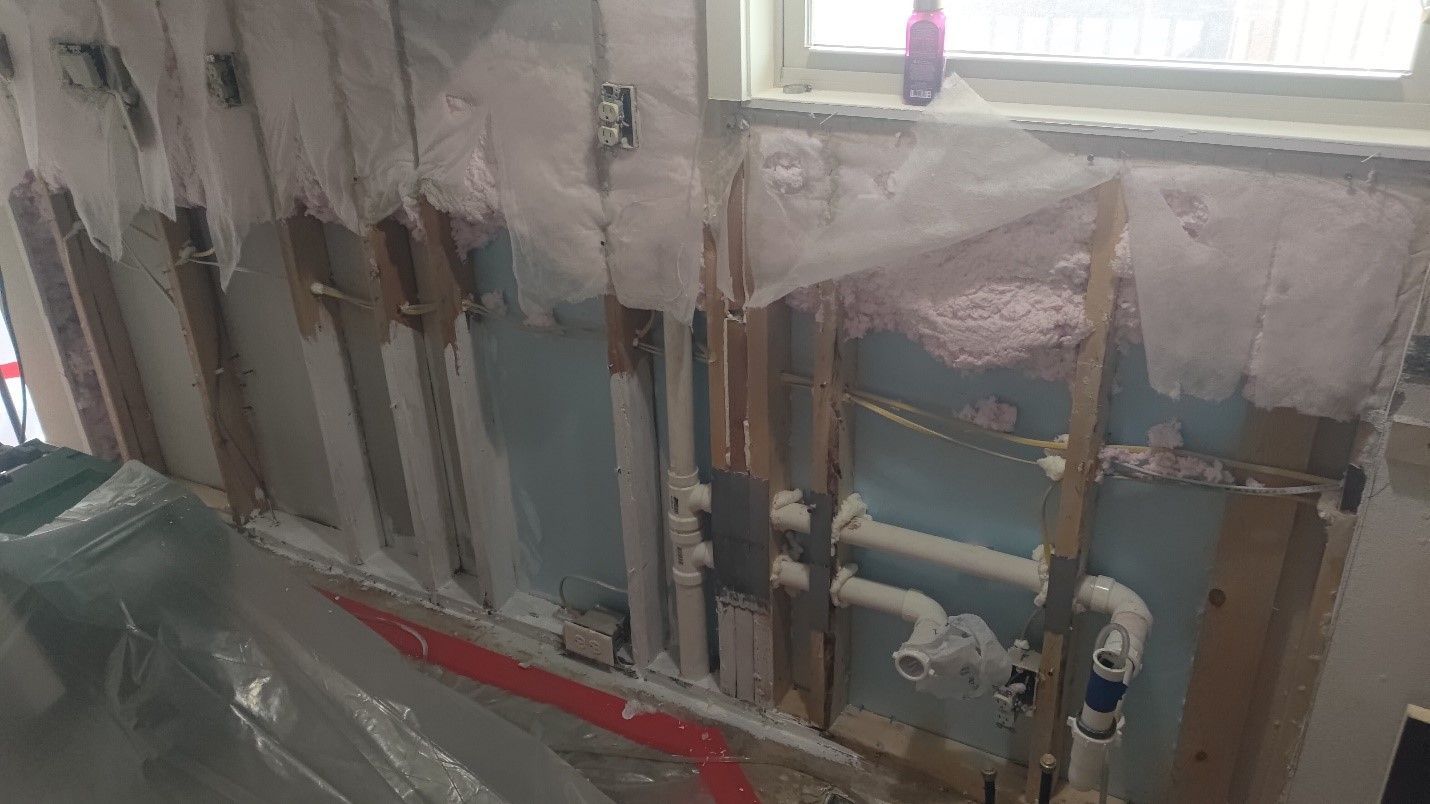
By Admin
•
30 Nov, 2023
Mold can find its way into your house through various avenues, and it thrives in environments with moisture and organic materials. Here are common ways mold can enter your home: 1. Airborne Spores: Mold spores are tiny and lightweight, making them easy to be carried by the wind. They can enter your home through open doors, windows, or any ventilation systems. Once inside, they settle on surfaces and may grow if conditions are favorable. 2. Personal Belongings: Mold can attach itself to clothing, shoes, bags, or other items that have been exposed to mold in other environments. When these items are brought into your home, they can introduce mold spores. 3. Pets: Pets that spend time outdoors can carry mold spores on their fur and paws. When they come inside, they may transfer these spores to your home. 4. Windows and Doors: Gaps or leaks around windows and doors can allow moisture and mold spores to enter your home, particularly during rainy or humid weather. 5. HVAC Systems: If your HVAC system is not properly maintained, it can circulate mold spores throughout your home. Mold can grow in the system's ducts or on the coils. 6. Contaminated Items: Mold can be present on items brought into your home, such as cardboard boxes, furniture, or even plants. These items may introduce mold spores. 7. Water Intrusion: Water leaks from sources like a damaged roof, burst pipes, or a flooding event create ideal conditions for mold growth. Once moisture is present, mold can begin to develop. 8. High Humidity: Homes with consistently high humidity levels provide an environment conducive to mold growth. Bathrooms, kitchens, and basements are common areas where humidity levels can rise. 9. Poor Ventilation: Inadequate ventilation can trap moisture indoors, creating conditions where mold can thrive. This is often a problem in areas like bathrooms and crawl spaces. 10. Construction and Renovation: - Construction materials like drywall, wood, and insulation can harbor mold spores if stored in a damp environment. When these materials are used during construction or renovation, mold spores may be released into your home. 11. Plants and Mulch: - Mold can be present in potted plants or mulch used in landscaping around your home. These sources may introduce mold spores. 12. Condensation: - Condensation on windows, walls, or ceilings can create a moisture source for mold. This is more likely in areas with poor insulation. To prevent mold from entering and growing in your home, it's essential to address moisture issues, maintain proper ventilation, and regularly inspect and maintain your property. If you suspect mold growth, consult a professional mold remediation company to assess the situation and take necessary steps for its removal and prevention. As a reputable and IICRC Certified Water Damage Restoration and General Contractor, MacPro Restore is here to help. We can help you determine if the damage warrants professional remediation and or an Insurance claim. We are just a phone call away. Call 515-257-6010 to get help now in the Des Moines area. MacPro Restore Offers 24 hour Emergency Service for the following services and areas Water Damage, Fire Damage, Mold Damage
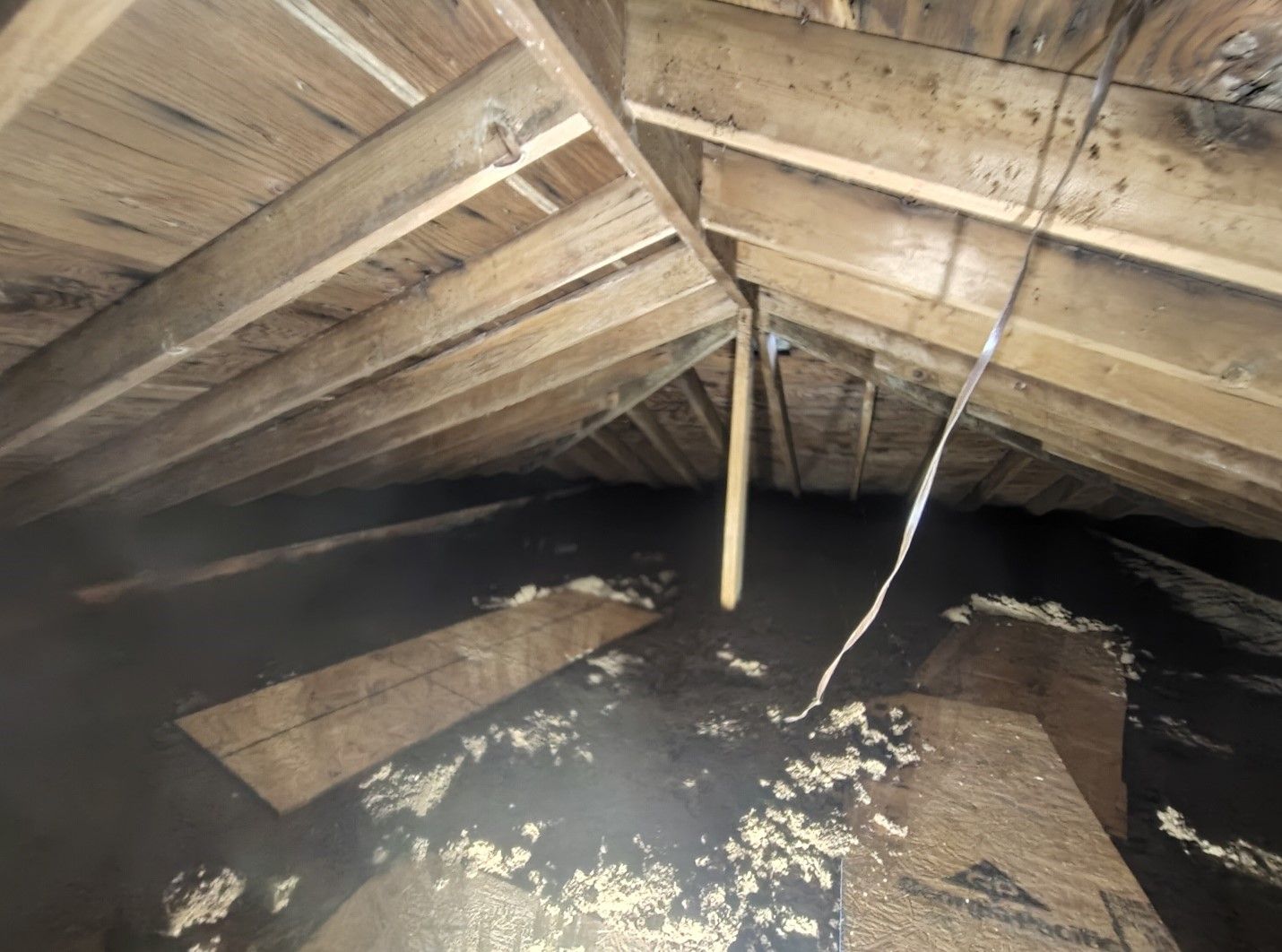
By Admin
•
30 Nov, 2023
When it comes to reducing energy consumption and lowering your utility bills, the attic may not be the first place that comes to mind. However, it plays a crucial role in the energy efficiency of your home. Attic insulation is a hidden hero in the battle to save both energy and money. In this blog post, we'll explore why attic insulation is so essential in reducing energy consumption. 1. Preventing Heat Loss: One of the primary reasons attic insulation is crucial is that it acts as a barrier to heat loss. During the winter months, warm air naturally rises, and without proper insulation, it can escape through your roof, leaving your home feeling drafty and forcing your heating system to work harder to maintain a comfortable temperature. Attic insulation helps to trap this valuable heat inside your living space, reducing the need for constant heating and saving you money on energy bills. 2.Maintaining Consistent Temperatures: Proper attic insulation helps in maintaining consistent temperatures throughout your home. In the summer, it prevents excessive heat from entering your living spaces, reducing the strain on your air conditioning system. This means you can enjoy a cooler, more comfortable home without overusing your AC, which ultimately reduces energy consumption. 3.Reduced Energy Consumption Equals Lower Bills: When your home's heating and cooling systems don't have to work as hard to maintain a comfortable temperature, you'll use less energy. This translates into lower energy bills, saving you money over time. Attic insulation is a one-time investment that can pay for itself in the form of reduced monthly utility costs. 4.Environmental Benefits: Reducing your energy consumption isn't just good for your wallet; it's also beneficial for the environment. Using less energy means fewer greenhouse gas emissions, which contribute to climate change. By insulating your attic, you can do your part to reduce your carbon footprint and help combat the effects of global warming. 5.Extending the Lifespan of HVAC Systems: When your heating and cooling systems are not overworked, they tend to last longer. Attic insulation can extend the lifespan of your HVAC systems, reducing the need for costly repairs and replacements. This, in turn, saves you even more money and reduces the environmental impact associated with manufacturing and disposing of HVAC equipment. 6.Increased Comfort and Indoor Air Quality: Proper attic insulation not only reduces energy consumption but also enhances the overall comfort of your home. It helps maintain consistent temperatures, eliminates drafts, and creates a more comfortable living environment. Additionally, it can improve indoor air quality by sealing gaps and preventing the infiltration of outdoor pollutants. Conclusion: Attic insulation may not be the most glamorous home improvement project, but its impact on energy consumption and cost savings cannot be overstated. By preventing heat loss, maintaining consistent temperatures, and reducing the workload on your HVAC systems, attic insulation plays a critical role in making your home more energy-efficient. The benefits are numerous, from lower energy bills to a reduced environmental footprint, longer-lasting HVAC systems, and improved indoor comfort. If you're looking for a practical way to reduce energy consumption and save money, investing in attic insulation is a smart choice that will pay off in the long run. As a reputable and IICRC Certified Water Damage Restoration, General Contractor, and Professional Mold Remediator, MacPro Restore is here to help. We can help you determinehow to make your home more comfortable and save you from costly HVAC repairs. We are just a phone call away. Call 515-257-6010 to get help now in the Des Moines area. MacPro Restore Offers 24 hour Emergency Service for the following services and areas Water Damage, Fire Damage, Mold Damage
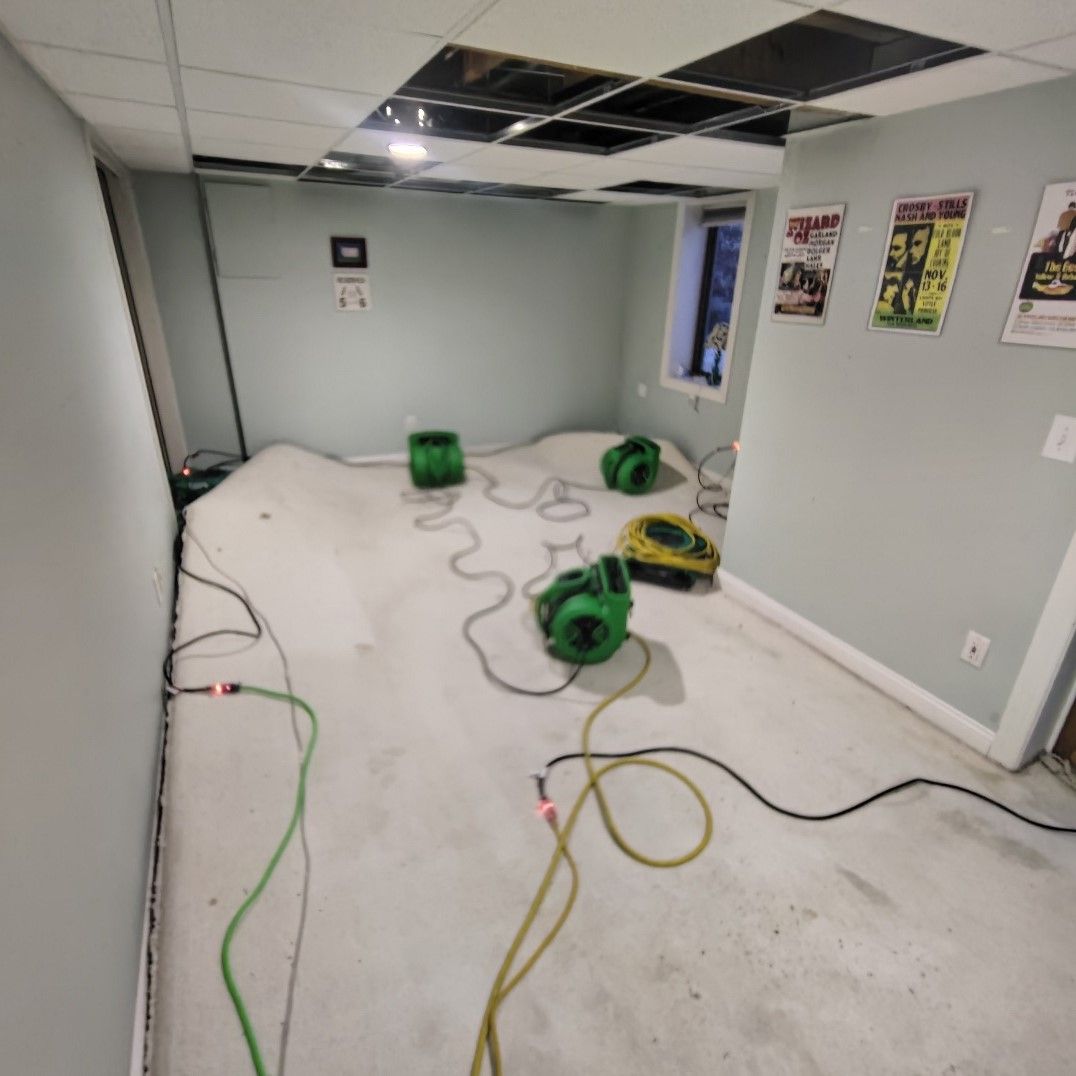
By Admin
•
30 Nov, 2023
Navigating the Aftermath: Dealing with Your Insurance Carrier After a Water Loss Introduction: Experiencing a water loss in your home can be a stressful and challenging ordeal. Dealing with the aftermath, from water extraction to restoration, is demanding enough. Yet, another crucial aspect of the process is working with your insurance carrier to ensure that you receive the coverage you're entitled to. In this blog post, we'll provide you with essential tips on how to navigate this often-complicated aspect of recovering from a water loss. 1. Contact Your Insurance Company Promptly: As soon as you discover the water damage, get in touch with your insurance company. Prompt notification is essential to initiate the claims process swiftly. 2. Document the Damage: Take clear photographs or videos of the affected areas and items. This visual evidence can serve as a valuable reference when discussing your claim with your insurance company. 3. Review Your Policy: Familiarize yourself with your insurance policy, paying special attention to coverage limits, deductibles, and any specific provisions related to water damage. Understanding your policy is crucial for managing your expectations. 4. Mitigate Further Damage: Do your best to prevent further damage to your property. This might include addressing immediate issues such as stopping leaks or preventing mold growth. Keep records of any actions you take to mitigate damage. 5. File a Detailed Claim: When filing your claim, provide a thorough description of the water loss incident. Include the date, time, cause, and extent of the damage. It's crucial to be as detailed and accurate as possible. 6. Communicate Clearly: Maintain open and clear communication with your insurance company throughout the claims process. Keep records of all conversations, including names, dates, and topics discussed. 7. Be Patient and Persistent: The claims process can sometimes be slow or involve requests for additional documentation. Be patient, but also persistent in following up and providing any required information promptly. 8. Understand the Adjuster's Role: Your insurance company may send an adjuster to assess the damage. Be prepared to show them the affected areas and provide any documentation you've collected. Remember that the adjuster is there to assess the claim, not to advocate for you. 9. Seek Professional Help: If the claims process becomes complicated or if you're facing challenges in reaching a fair settlement, consider consulting with a public adjuster or attorney who specializes in insurance claims. They can provide valuable expertise and negotiate on your behalf. 10. Keep Detailed Records: Maintain a file with all documents related to your water loss and the insurance claim. This includes photographs, correspondence, receipts, and estimates for repairs. Conclusion: Dealing with your insurance carrier after a water loss can be a challenging process, but with the right approach, you can navigate it successfully. Remember that patience, clear communication, and documentation are your allies during this time. By following these tips, you can work toward a fair and timely resolution to help you get your life back on track. As a reputable and IICRC Certified Water Damage Restoration contractor, MacPro Restore is here to help. We can help you determine if the damage warrants professional dry out and or an Insurance claim. We are just a phone call away. Call 515-257-6010 to get help now in the Des Moines area. MacPro Restore Offers 24 hour Emergency Service for the following services and areas Water Damage, Fire Damage, Mold Damage
Our Work
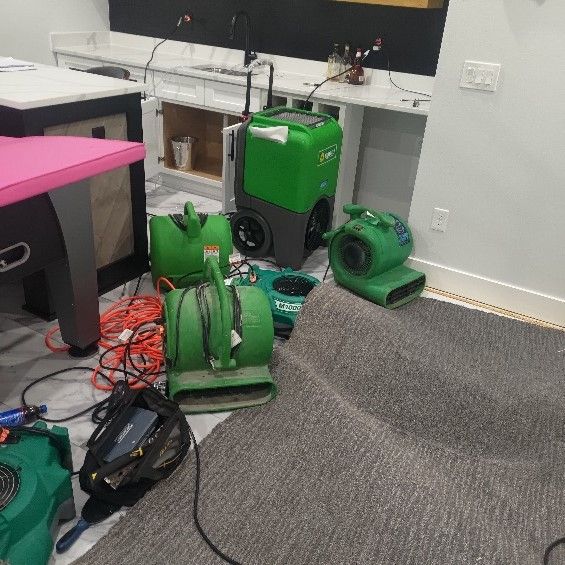
05 Dec, 2023
Our team responded to a water damage restoration in Waukee. Client had been on vacation and came home to a broken water line from the dishwasher. Unfortunately, the line had flooded the basement and most of the interior drywall had to be removed. Within two weeks we had the client taken care of and the reconstruction underway.
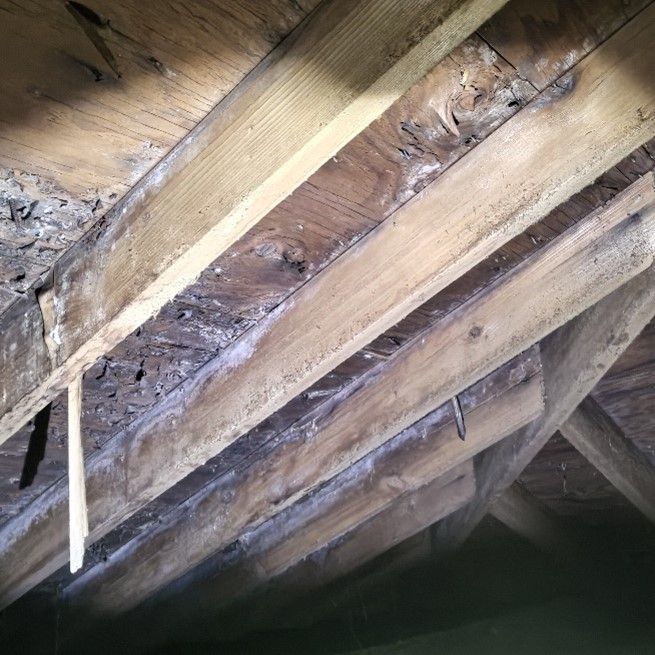
05 Dec, 2023
Our Client had a hail claim and a small growth inside the closet of their home. During inspection we found the attic to be heavily impacted with microbial growth. We acted fast to work with her carrier and once approval was obtained, we moved forward with remediation and assisted the homeowner during every step of the claims process including the roofing, insulation, and interior reconstruction.
Want to know more about home improvement and maintenance? Contact our friendly team today at (515) 257-6578. We're here to help!
QUICK LINKS
Contact Information
Phone: (515) 257-6578
Email: cmcelwee@macprorestore.com
Address: 5550 Wild Rose Ln, Ste 400
West Des Moines, IA 50266
Find Us:
Payment Options:





Business Hours
Mon-Fri: 7:00 AM - 6:00 PM
Sat-Sun: CLOSED
Emergency Service Hours: 24/7 365
Emergency Hotline: (515) 257-6010
24 Hour Emergency Services
Water Damage
Fire Damage
Mold Removal
Content, including images, displayed on this website is protected by copyright laws. Downloading, republication, retransmission or reproduction of content on this website is strictly prohibited. Terms of Use
| Privacy Policy

